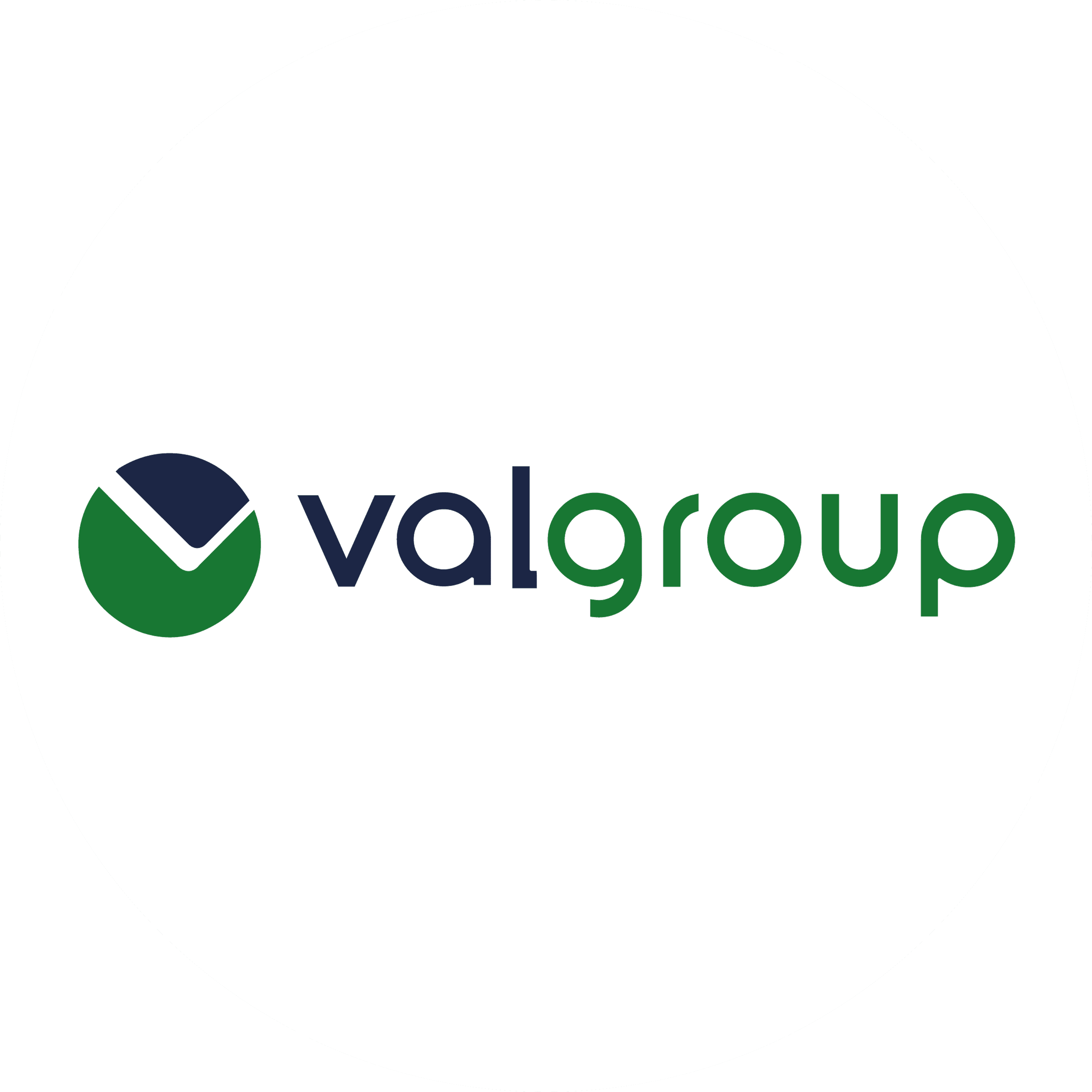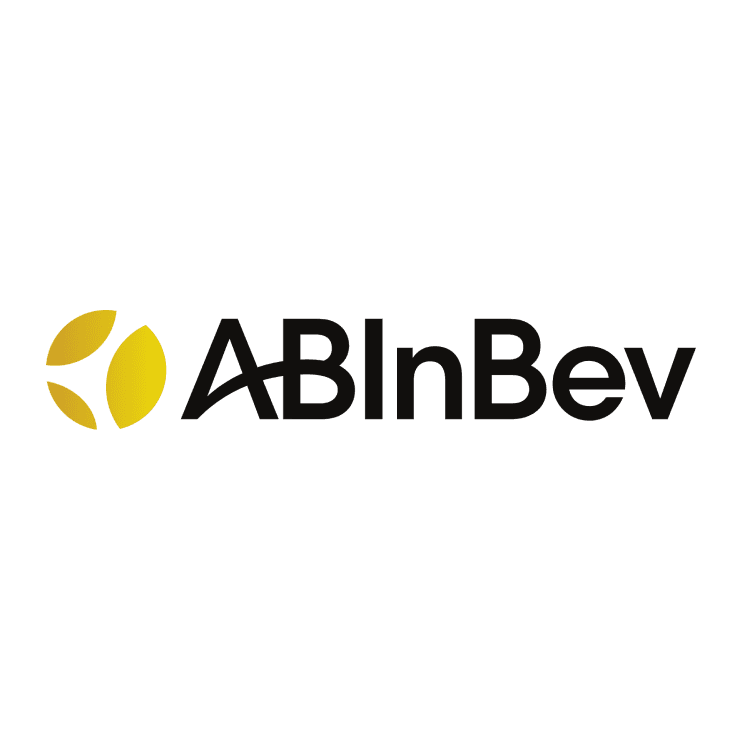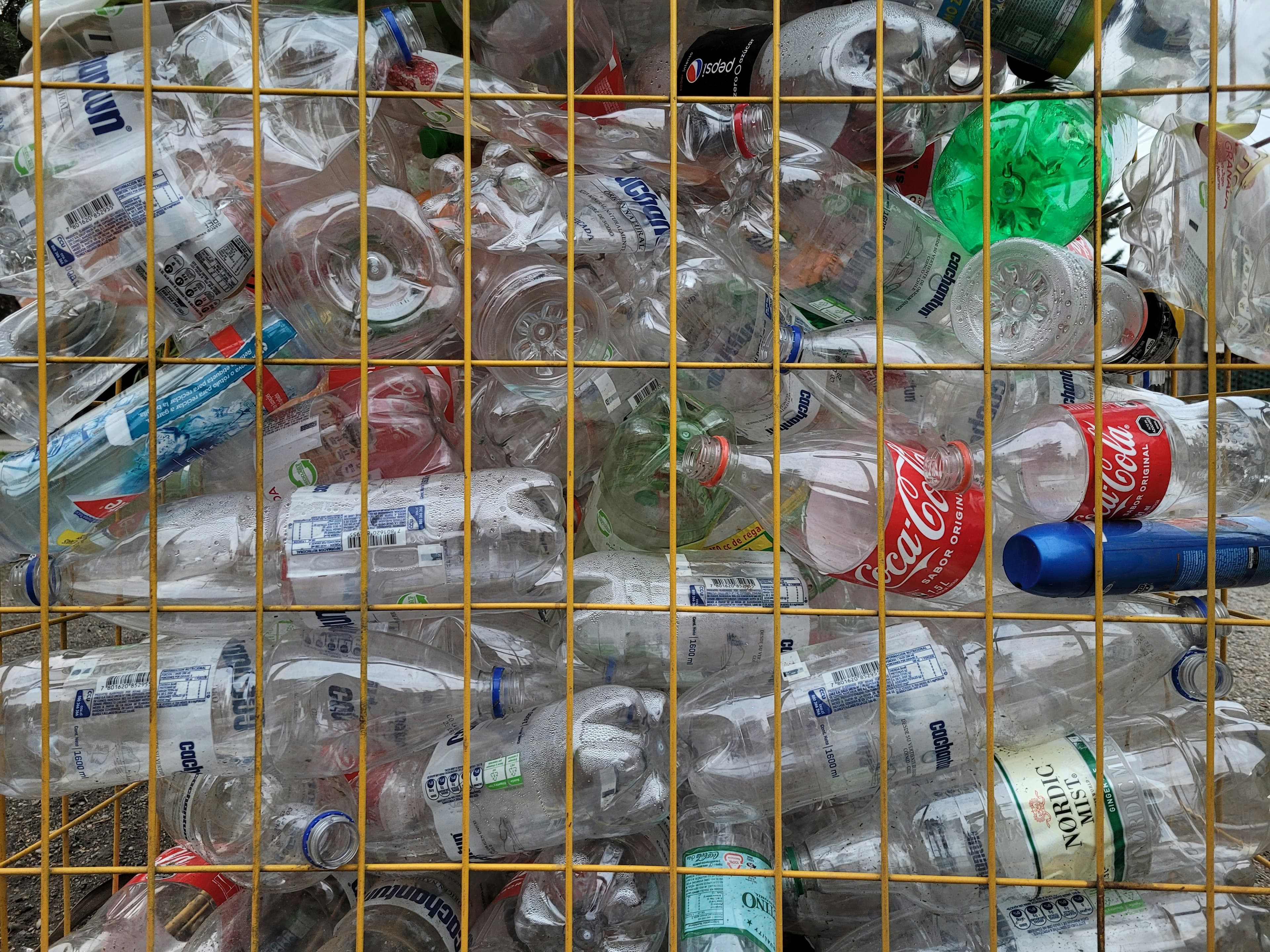Cut Emissions by Expanding Recycled Content
 Valgroup
Valgroup
总结
Valgroup implemented mechanical, advanced (pyrolysis), and deinking recycling technologies to expand circularity and reduce GHG emissions across its portfolio.
Context
This case study is part of decarbonization best practices shared with AB InBev Eclipse sustainability program’s community. Discover more about the Eclipse program here.
Valgroup, a global plastic packaging producer, faces the challenge of reducing Scope 3 emissions in a sector where material circularity is limited and large volumes of plastic waste end up landfilled or incinerated. These end-of-life pathways release embedded carbon as CO₂ and represent a major source of Scope 3, Category 12 emissions.
To address this, Valgroup developed a circularity strategy combining mechanical recycling, deinking, and advanced recycling (pyrolysis). These technologies allow recovery of complex plastic waste that conventional systems cannot process, reinserting it into production as high-quality recycled resin or circular feedstock. This avoids end-of-life emissions, displaces fossil-based virgin resins, and supports Valgroup’s long-term decarbonization roadmap.
Solution
Valgroup’s multi-technology recycling program integrates different routes to address a broad range of plastic waste streams:
Mechanical recycling of films and PET
(operational since 1976 and 2000): Processes polyethylene films and PET bottles into recyclate and food-grade resins. GHG benefit: 1.1–1.5 tCO₂e avoided per ton vs virgin resin.
Deinking of printed films
(since 2020): Removes inks and coatings from laminated or printed flexible packaging, enabling reuse of materials otherwise landfilled. GHG benefit: 1.6 tCO₂e avoided per ton.
Advanced recycling via pyrolysis
(commercial scale from 2025): Converts mixed or contaminated plastics into circular oil for new resin production. GHG benefit: up to 2.4 tCO₂e avoided per ton, accounting for both avoided disposal and displacement of fossil feedstock.
By combining these routes, Valgroup is able to process plastics ranging from simple PET bottles to printed, multi-layer, and contaminated waste, supporting circularity at scale and addressing key Scope 3 emissions categories (raw material production and end-of-life treatment).
Impact
Sustainability impact
Climate
This initiative primarily targets Scope 3 emissions, especially those linked to raw material production and end-of-life treatment of plastic packaging. However, it is part of a broader decarbonization strategy that also addresses Scopes 1 and 2, demonstrating Valgroup’s integrated climate commitment. Valgroup has already transitioned 100% of its operations to renewable electricity, eliminating Scope 2 emissions across all global units. Additionally, the company is implementing internal programs to decarbonize Scope 1 emissions, including energy efficiency, process optimization, and electrification of equipment.
Additional note on advanced recycling (pyrolysis):
Patented low-energy process: Valgroup’s patented pyrolysis technology incorporates an energy-optimization design (heat integration/energy recovery) that reduces specific energy consumption per ton processed.
GHG benefit: Lower process energy demand improves the net GHG balance of the circular oil produced. Because all Valgroup sites operate on 100% renewable electricity, the incremental Scope 2 impact of running the unit is minimized, further enhancing Scope 3 Category 1 (displacing virgin feedstock) and Category 12 (avoiding landfill/incineration) benefits.
Operational upside: The low-energy design also supports more stable OPEX and facilitates scalability without proportional increases in energy infrastructure.
Capital goods linkage (S3 Cat. 2): Higher energy efficiency per ton improves the emissions intensity of capital utilization over the asset’s lifetime.
Nature
Valgroup’s integrated recycling strategy—including mechanical, deinking, and advanced (pyrolysis) recycling—generates measurable environmental benefits by avoiding plastic pollution and reducing the broader ecological pressures associated with plastic production and disposal.
Prevents plastic waste leakage into landfills and natural ecosystems, reducing risks of soil and water contamination
Reduces need for fossil resource extraction (oil, gas), mitigating pressures on ecologically sensitive areas
Lower GHG emissions slow climate-driven biodiversity loss, while low-energy pyrolysis minimizes indirect ecosystem impacts
Social
Valgroup’s recycling and pyrolysis initiatives have not only reduced emissions and environmental burdens but also generated important social and economic co-benefits across the value chain:
Expanded recycling markets increase the value of low-grade plastics, creating new income opportunities for waste pickers, cooperatives, and aggregators
Deployment of deinking and pyrolysis technologies has created skilled technical jobs and upskilling opportunities in engineering, operations, and sustainability
Certified circular resins allow clients to meet recycled content and regulatory targets, strengthening inclusivity and competitiveness across the value chain
Business impact
Benefits
Valgroup’s investment in mechanical, deinking, and advanced (pyrolysis) recycling technologies has delivered multiple strategic advantages for the business, going far beyond environmental impact:
Reduced dependency on virgin resins, improving supply chain resilience and price stability
Avoided landfill disposal costs and reduced carbon tax exposure
Created commercial value from previously unrecyclable streams such as laminated and printed films
Strengthened client relationships by supplying certified circular materials aligned with ESG requirements
Enhanced operational efficiency by internalizing recycling capacity and securing access to recycled inputs
Costs
Investment Required (Based on Market Benchmarks)
1. Mechanical Recycling (PE, PP, PET) Typical investment range: USD 3–8 million per line, depending on scale (5,000–20,000 t/year), level of automation, and need for food-grade equipment. Market examples: Erema and Starlinger lines installed in Europe and Latin America often fall within this range. Smaller modular systems (e.g., for industrial scrap) can cost as low as USD 1–2 million.
2. Deinking for Flexible Packaging Typical investment range: USD 7–12 million for a full deinking system with integrated washing, flotation, and drying modules. Capacity: 10,000–12,000 t/year. Market examples: Cadel Deinking and Sorema systems by adopters in Italy, Spain, and Brazil fall within this range. Additional costs may apply for ink waste treatment and integration with film extrusion.
3. Advanced Recycling (Pyrolysis) Typical investment range: USD 15–30 million per unit, depending on capacity, integration depth, and emission control systems. Common capacity: 10,000–20,000 t/year. Market examples: Plastic Energy, Quantafuel, and Brightmark plants report CAPEX between USD 20–50 million for larger commercial facilities. Valgroup’s proprietary low-energy pyrolysis design optimizes OPEX and lowers long-term investment risk by enabling energy self-sufficiency.
Impact on Operating Costs
Mechanical and Deinking Recycling:
Lower production costs per kg compared to virgin resin, especially in regions with high resin import costs. Maintenance and cleaning can increase labor costs, but automation offsets this over time.
Pyrolysis:
OPEX includes maintenance, labor, catalyst, and residue handling. Energy cost is minimized by Valgroup's patented self-sustaining heating system.
Avoided costs:
Significant reduction in landfill/disposal fees. Lower carbon tax exposure (in countries with carbon pricing).
Key Dependencies and Trade-offs
Feedstock availability: Cost-effectiveness depends on steady access to suitable post-consumer and post-industrial waste.
Technology integration: Success depends on having internal engineering capabilities or reliable technology partners.
Certification cost: Compliance with ISCC PLUS and EuCertPlast adds administrative burden but is essential for credibility.
Impact beyond sustainability and business
Co-benefits
Valgroup’s investment in advanced recycling, deinking, and mechanical recycling technologies has generated important co-benefits across its organizational culture and social ecosystem:
Fostered a company-wide shift toward circular economy thinking, embedding sustainability into R&D and operations
Empowered waste collectors and cooperatives by creating value for previously non-recyclable plastics
Encouraged inclusive innovation and career opportunities across engineering, sustainability, and operations teams
Potential side-effects
Access Inequity in the Recycling Chain
Risk: Risk of excluding informal collectors due to feedstock quality requirements
Mitigation: Partnerships with cooperatives and training programs
Perception of Greenwashing if Misunderstood
Risk: Concerns about greenwashing in advanced recycling
Mitigation: third-party certification (ISCC PLUS) and transparent communication
Implementation
Typical business profile
Most relevant for packaging producers, recyclers, and FMCG brands with recycled content targets and Scope 3 challenges. Particularly applicable in markets with Extended Producer Responsibility schemes or high flexible packaging volumes.
Approach
Valgroup’s initiative combines mechanical recycling, deinking, and advanced recycling (pyrolysis) to enable circularity for different types of plastic waste. Other companies can replicate or adapt this approach through a phased, modular implementation, based on waste composition, infrastructure, and business goals.
Map waste streams by type and volume.
Segment into mechanical, deinking, or pyrolysis routes.
Choose investment, partnership, or tolling model.
Certify and trace outputs (ISCC PLUS, RecyClass, EuCertPlast).
Quantify avoided emissions vs virgin resin.
Stakeholders involved
Internal Stakeholders involved
Sustainability Department: Led the strategic direction, alignment with climate targets, and coordination with external partners and certification bodies (ISCC PLUS, RecyClass).
Engineering & R&D Teams: Developed and patented the pyrolysis technology, optimized mechanical and deinking processes, and led the technical implementation.
Operations & Plant Managers: Oversaw day-to-day execution, equipment upgrades, and quality control across recycling sites.
Procurement: Secured feedstock for recycling units and managed supplier partnerships.
Finance & Strategy: Evaluated CAPEX and OPEX feasibility, tracked ROI, and ensured alignment with corporate ESG goals.
Executive Leadership: Approved investments and integrated the initiative into the company’s long-term decarbonization roadmap.
External Stakeholders involved
Technology Partners: Provided equipment, engineering support, and innovation for deinking systems, extruders, and pyrolysis reactors.
Certifying Bodies (ISCC PLUS, EuCertPlast, RecyClass): Verified traceability and circularity claims, enabling mass balance accounting and product credibility.
Post-consumer Material Suppliers: Cooperatives, aggregators, and reverse logistics systems that provide plastic waste input for mechanical and pyrolysis processes.
Brand Owners (Clients): Co-developed circular packaging and provided market pull for certified recycled content.
Regulatory and Environmental Agencies: Ensured compliance with national waste and recycling standards, especially for advanced recycling.
Waste Pickers and Local Cooperatives: Integrated into the value chain through partnerships and training to improve material quality and social impact.
Key parameters to consider
Initiative Maturity
Technology maturity: Mechanical = mature, deinking = emerging, pyrolysis = developing.
Constraints: Requires steady feedstock, pre-treatment systems, skilled operators, and clear regulation.
Geographic relevance: Most applicable in high plastic consumption markets with landfill restrictions and EPR laws (e.g., Brazil, EU, Mexico).
Incentives: Green finance lines, carbon credits, and tax benefits may apply depending on region
.
Implementation and operations tips
Main Challenges Faced
Secure stable and diverse feedstock supply chains.
Address regulatory classification for pyrolysis early.
Invest in automation and skilled labor for quality control.
Use third-party certification to ensure credibility and market trust.
Tips for Long-Term Success and Scalability
Integrate digital monitoring tools
Real-time tracking of feedstock, emissions, and yields helps optimize performance and supports certification audits.
Diversify feedstock streams and clients
Avoid dependency on one material or buyer, build flexible input systems and multi-sector client base.
Communicate transparently
Proactively address greenwashing concerns by using third-party certifications and publishing impact data.
Design for adaptability
Build modular infrastructure that can evolve with new regulations, materials, or customer needs.
